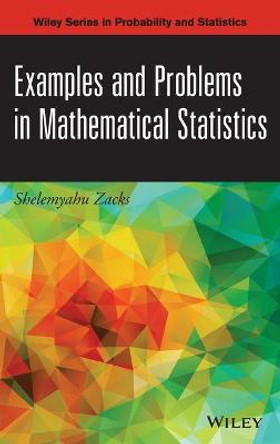Description
Written in accessible language, the book begins by discussing the importance of learning how to assess the quality of research results presented by the media. This understanding creates an essential context for the following chapters on questioning study design, including polls and surveys. The remaining chapters explain the foundational concepts-probability, reasoning with variation in data, confidence intervals, hypothesis testing, and linear regression-through media examples. Students also learn how hypothesis testing can be misused and manipulated by researchers to provide a desired result.
The third edition features contemporary media examples and related research findings on a variety of issues, including hydroxychloroquine and COVID-19, the effectiveness of mask recommendations, vaccine hesitancy and COVID-19, the inaccuracies of poll projections in swing states during the 2020 election, obesity and COVID-19, racial inequality, and climate change.
Statistical Thinking through Media Examples is an ideal primary textbook for any course that deals with introductory statistics, particularly those in the health and social sciences, journalism, and business.
About the Author
Anthony Donoghue earned his master's degree in statistics at University College Dublin and has worked as a professional statistician in both Ireland and the United States. He is a Lecturer in Discipline with the Department of Statistics at Columbia University, where he teaches courses in statistics, statistical thinking, and statistical programming. He also works as a statistical consultant in New York City.
Book Information
ISBN 9781793541963
Author Anthony Donoghue
Format Paperback
Page Count 346
Imprint Cognella, Inc
Publisher Cognella, Inc
Weight(grams) 685g
Dimensions(mm) 254mm * 203mm * 18mm









